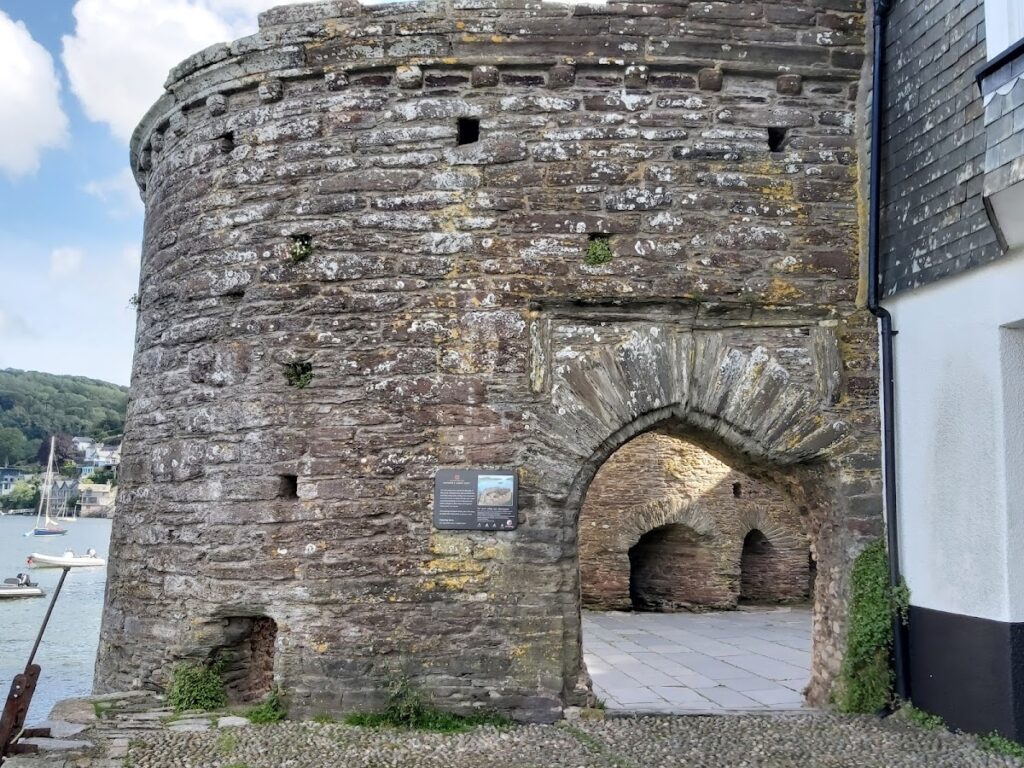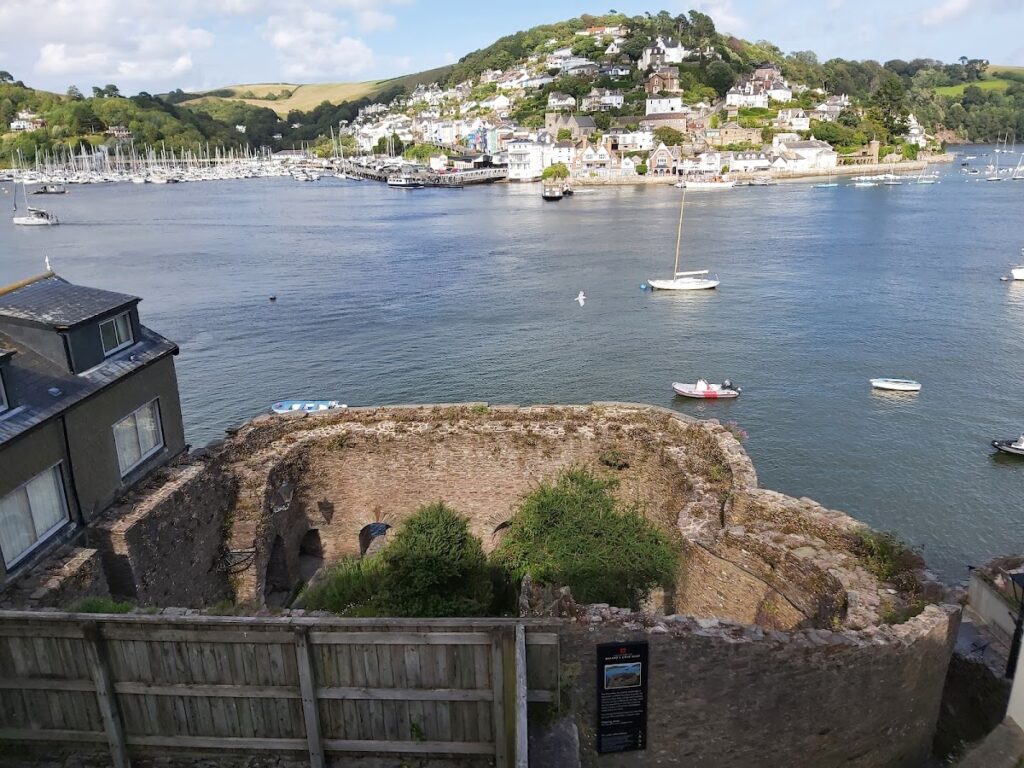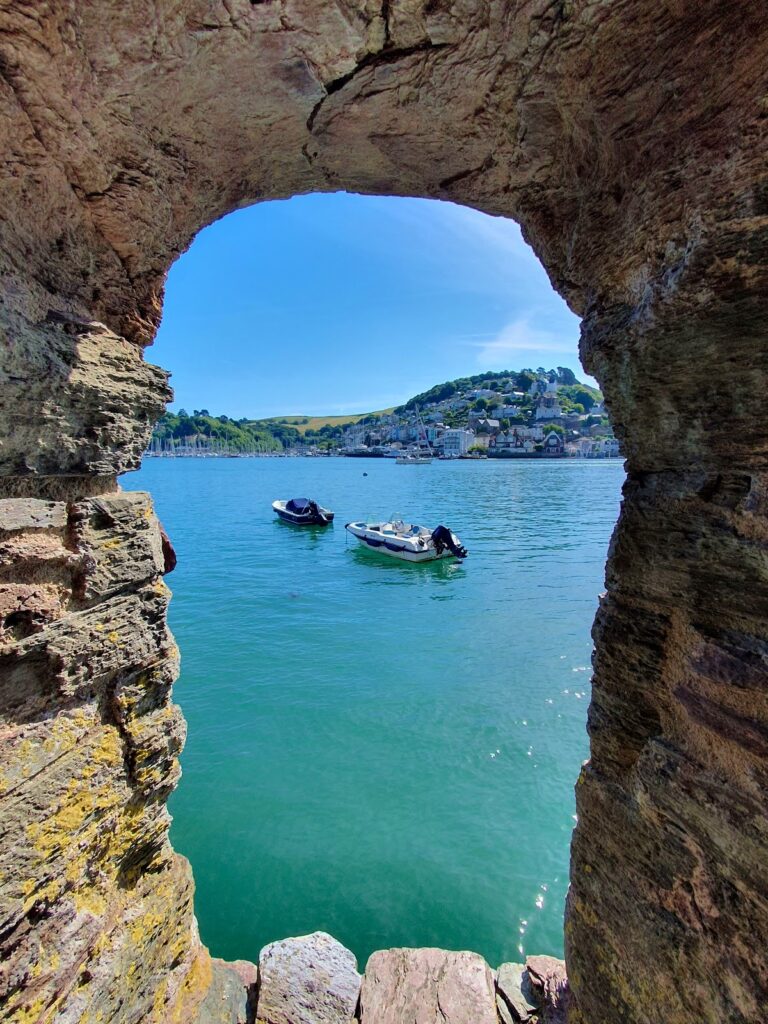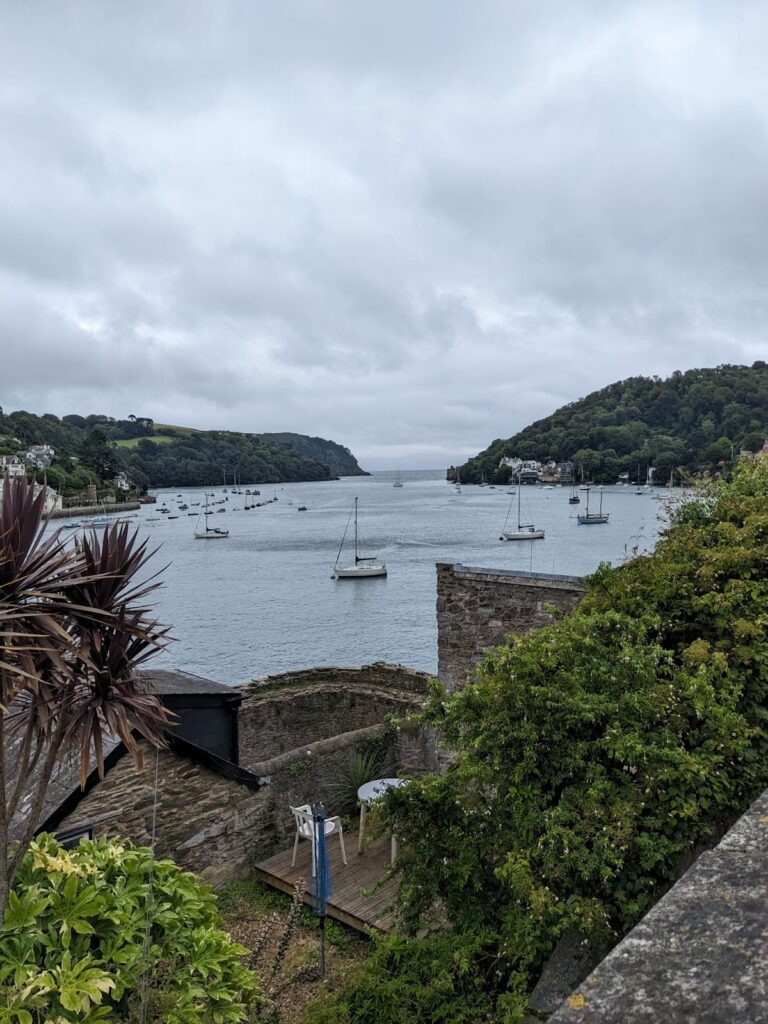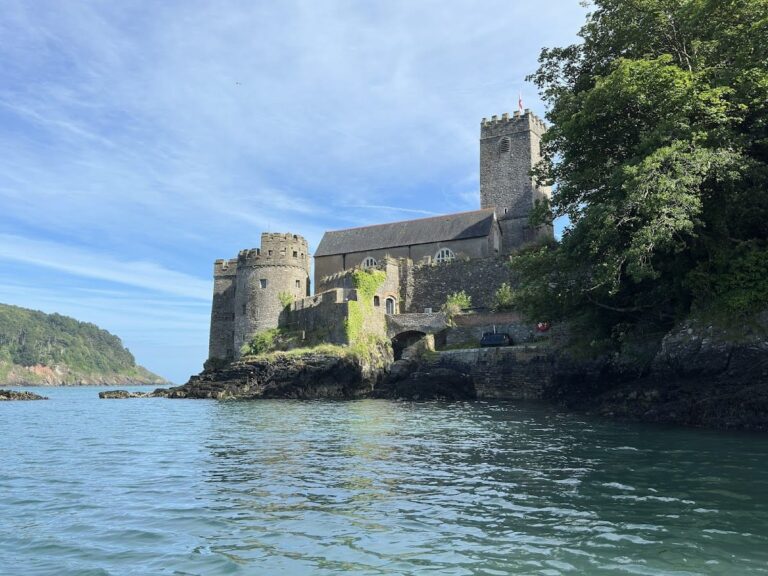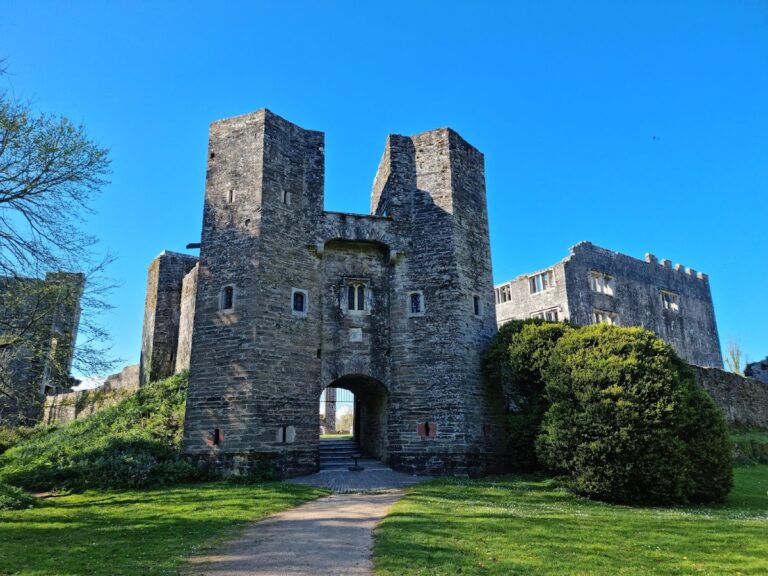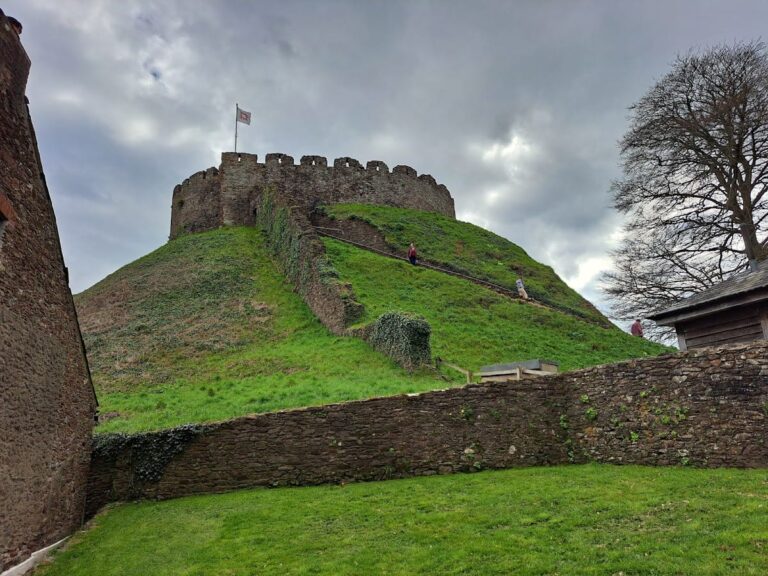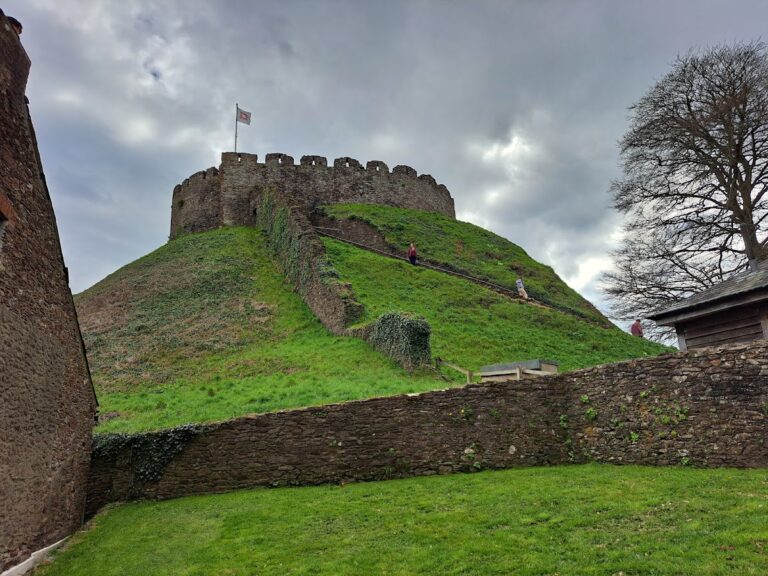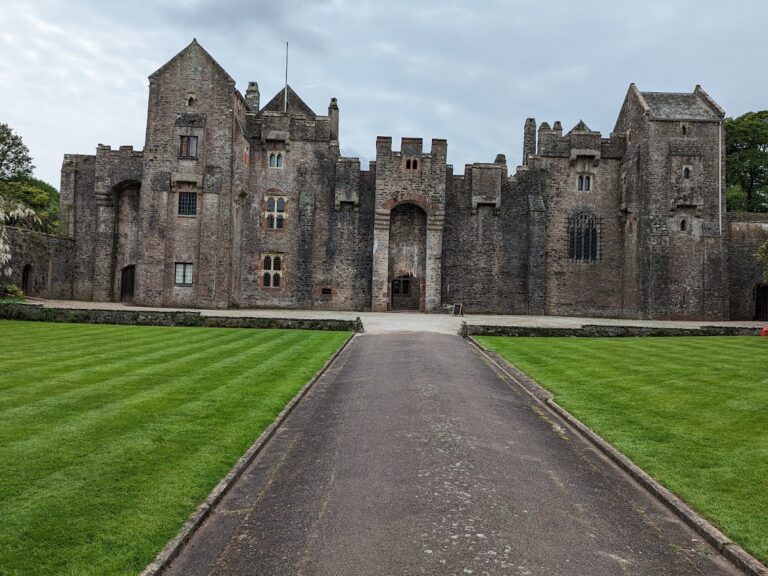Bayard’s Cove Fort: A Historic Coastal Defence in Dartmouth, UK
Visitor Information
Google Rating: 4.5
Popularity: Low
Google Maps: View on Google Maps
Official Website: www.english-heritage.org.uk
Country: United Kingdom
Civilization: Unclassified
Remains: Military
History
Bayard’s Cove Fort stands at the entrance of the harbour in Dartmouth, United Kingdom, constructed by English builders in the early 16th century. It was erected to defend the vital port on the River Dart estuary against maritime threats during a period of heightened tensions with France and Spain.
The fort’s origins trace either to around 1509–1510 during the reign of Henry VIII, following direct royal orders to fortify the harbour, or possibly to 1529 when the local town authority initiated construction amid fears of foreign attacks. By 1537, the fort was certainly completed, becoming part of a coastal defence network alongside nearby Dartmouth Castle and Kingswear Castle. This system was designed to engage enemy vessels that might slip past the outer castles, providing a last line of defence for the port and its busy trading activities.
In 1575, the fort was leased to a shipwright, reflecting a temporary shift from purely military use. However, during the Spanish invasion scare of 1598, control reverted to the town, emphasizing its military importance in times of crisis. During the English Civil War from 1642 to 1646, Bayard’s Cove Fort was held by Royalist forces and armed with five iron guns. Parliamentary troops under Sir Thomas Fairfax captured it in 1646. Subsequently, the fort underwent repairs and maintenance under Parliamentary rule during the Interregnum, with a governor appointed to oversee Dartmouth’s defences and curb smuggling activities by sea.
Following the monarchy’s restoration in 1660, control initially returned to the town, but by 1662 a royal garrison was established under Sir John Fowell, remaining until 1677. In the 18th century, the fort gradually ceased its defensive role and was adapted for storing goods. The structure saw restoration in the late 19th century as part of a renewed interest in local heritage. During the Second World War, it briefly served as a machine-gun post. Today, the fort is recognised as a Grade I listed building and is protected for its historic value. In 2022, English Heritage identified the site as vulnerable to coastal erosion and flooding related to climate change, leading to efforts to research and protect it.
Remains
Bayard’s Cove Fort is a stone-built blockhouse originally designed as a circular artillery tower, though it was later modified into an irregular shape. Its external dimensions measure approximately 18 by 21 metres, enclosing an internal space around 16 by 15.5 metres. The fort occupies a rocky ledge carved into the cliff overlooking the harbour entrance, providing a commanding view of the estuary.
The eastern wall is particularly robust, built from stone with a thickness of about 1.8 metres and rising 4.6 metres high. This wall encloses both the main blockhouse and an adjoining limestone rubble wall. On the ground floor are eleven gunports, small openings constructed close to sea level to house heavy artillery. These gunports are similar in design to those found at contemporary defences such as Dartmouth Castle, Little Dennis Fort, and St Catherine’s Castle, indicating a shared approach to coastal defence architecture in the region.
Originally, the fort featured a wall-walk and parapet along the top edges, providing cover for musketeers defending the structure. Over time, some adaptations were made: one gunport was transformed into an entrance, and another was sealed off. The garrison’s living quarters, which took the form of a lean-to structure, were built on the western side of the fort. However, this accommodation and various internal changes introduced during the period when the building was reused for storage have since been lost. The fort is positioned at one end of a quay running along the harbour, strategically sited to guard the estuary alongside the neighboring castles. The remaining fabric of Bayard’s Cove Fort is preserved in situ, with restoration work maintaining the survivable elements of its defensive architecture.
